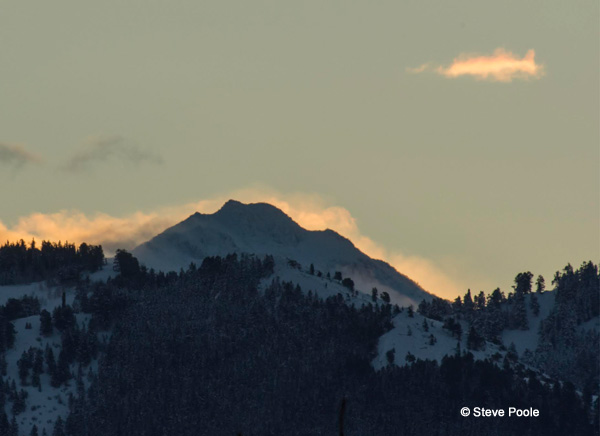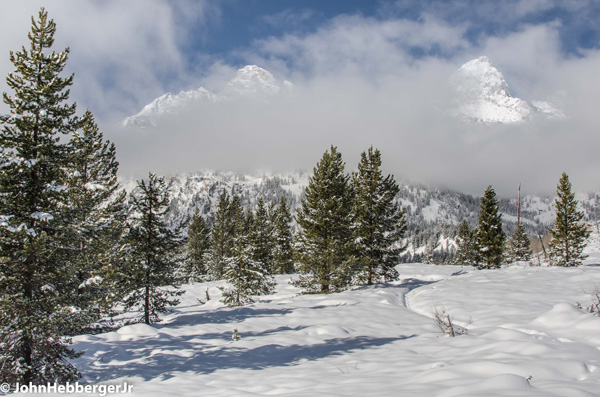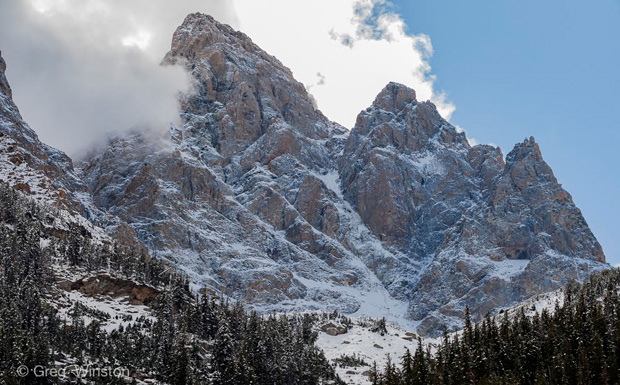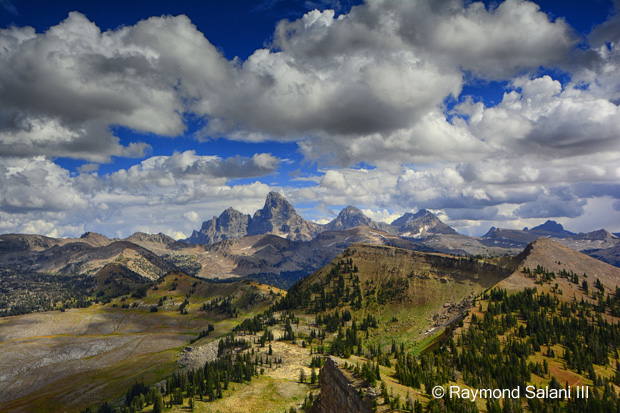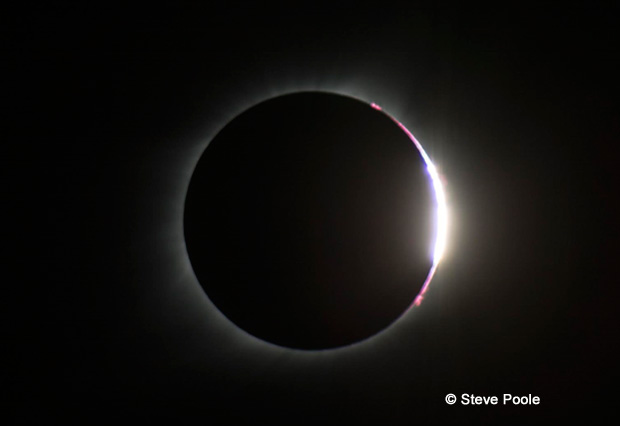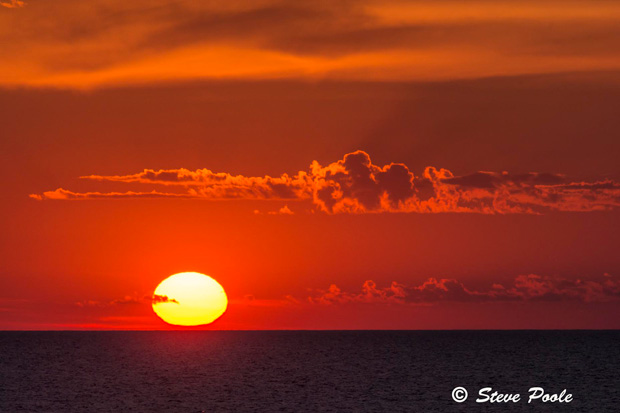All posts by Jim Woodmencey
Bradley Lake Area
Windy Tetons
Valhalla Early Fall 2017
Tetons September 2017
Smoky Sunrise
Mammatus Clouds
Eclipse Temperature Drop
Many people have asked me, “How much of a temperature drop did we have during the Eclipse?”
What’s your guess?
Well, according to the thermometers used at the Jackson Hole, Wyoming & Driggs, Idaho airports, the drop was probably not as big as you guessed.
Jackson Hole Airport: Temperature went from 60.8 degrees F at 11:25 am down to 55.4 degrees F at 11:45 am. A drop of 5.4 °F.
Driggs Airport: Temperature went from 69.8 degrees F at 11:10 am down to 62.6 degrees F at 11:40 am. A drop of 7.2 degrees °F.
Both of these automated weather stations were recording a temperature every 5 minutes. The thermistors that measure air temperature at these weather stations are shielded from both sun and rain, so they are giving you a true temperature, like you would find on the shady side of your house.
The extra heating you were experiencing standing out in the full sunshine made it feel warmer prior to the Eclipse. The lack of additional solar heating at the time of the Total Eclipse, compounded by any additional wind chill you might have had, as the breeze picked up when it went dark, would also contribute to making it “feel” cooler.
Posted by meteorologist Jim Woodmencey
August 23rd, 2017


